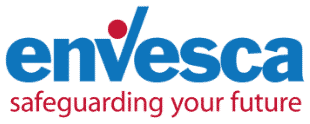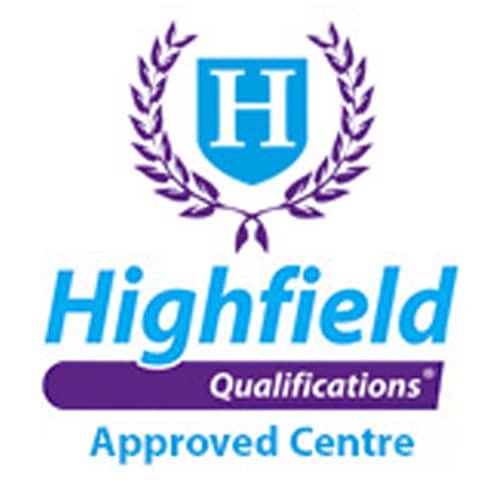How Do I Carry Out A Risk Assessment?
Another one of our top 10 frequently asked questions is “How do I carry out a risk assessment?” In this article, we explain the five-step process that the Health and Safety Executive (HSE) recommend that you follow.
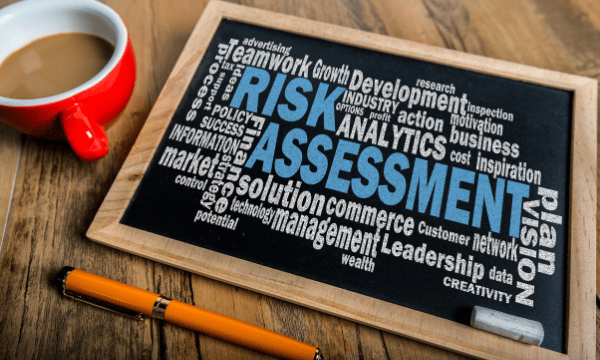
So, what is risk assessment and how do I carry out a risk assessment?
Risk assessment is the most important process in health and safety management. It is a legal requirement that requires the employer to examine processes and environments in order to identify hazards and put in place precautions to avoid people from getting hurt. The process of risk assessment is usually broken down into five stages.
What are the 5 steps?
The accepted five steps are below:
- Look for the hazards
- Decide who might be harmed and how
- Evaluate risks and put in place control measures
- Record significant findings
- Monitor and review
How do I look for hazards?
This can be as simple as walking around the workplace and observing the hazards there or logically working through a process. Information on hazards can also be found within the manufacturer’s instructions, through trade associations and even by reviewing your company’s accident data.
I thought that I just had to consider my employees?
No, you need to consider everyone who may be harmed by your company’s actions. For example, noise does not just affect the operative carrying out the noisy process, it would affect everyone in the locality which may even include members of the general public. Your customers would be affected by your activities, contractors you employ to maintain or clean your premises and if your employees drive on a public highway other road users are affected by their actions.
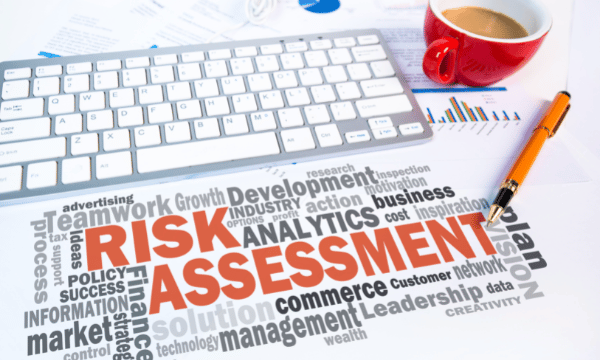
How do I evaluate risks?
There are two ways to evaluate risk. The first takes a quantitative approach and simply uses human judgement to categorise risks as low, medium or high. The other method is quantitative and is based on a risk matrix. There are several versions of the matrix available and they can be easily found online. They are based on the principle of scoring the likelihood of the risk occurring and the consequence. These figures are then combined to give an overall score and the level of risk is determined from the score.
Is there a standard form to record my risk assessment on?
There is no specified format for risk assessment. The HSE provide templates on their website or you can design your own form. Bear in mind that the risk assessment is a working document therefore your employees will require access to it and it should be in a format that they can easily understand.
Why do I need to monitor it and how often should I review it once it is done?
You need to monitor your risk assessment to make sure that it is working effectively. Things change in the workplace, this could be as the result of an accident or change in technology. It is essential to review risk assessments after an accident, but they should also be revised in light of changes to the law, and any changes to the working process such as newer technology or different employees.
If you have a question or enquiry about health and safety, please call the team on 01452 502113 or complete our enquiry form.
Find this helpful?
Signup to our email notifications to receive alerts when we publish new blogs. We promise not to spam your inbox, you will just get a short snappy intro to Health and Safety articles we think you will love.
"*" indicates required fields
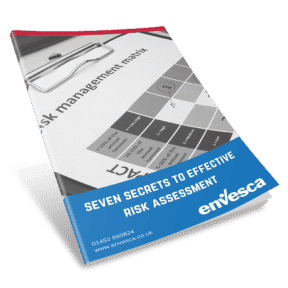
7 Secrets to Risk Assessment
If you’ve got a question or query, please contact our super friendly team, they will be delighted to help you!
Simply get in touch via phone or email.
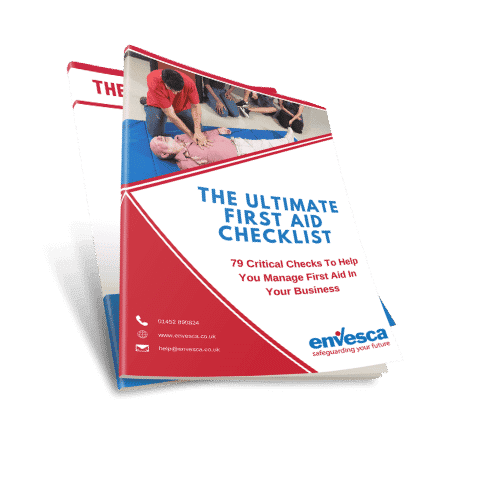
Free
Resources &
Downloads
Informative. Useful. Practical.
Here at Envesca we believe that we are good at giving proactive, sensible and useful advice. Below you will find some free resources that you can download on a host of subjects that will help you and your business.
Training Available
Envesca offer a number of different training courses, which offer advice and guidance on these topics.
